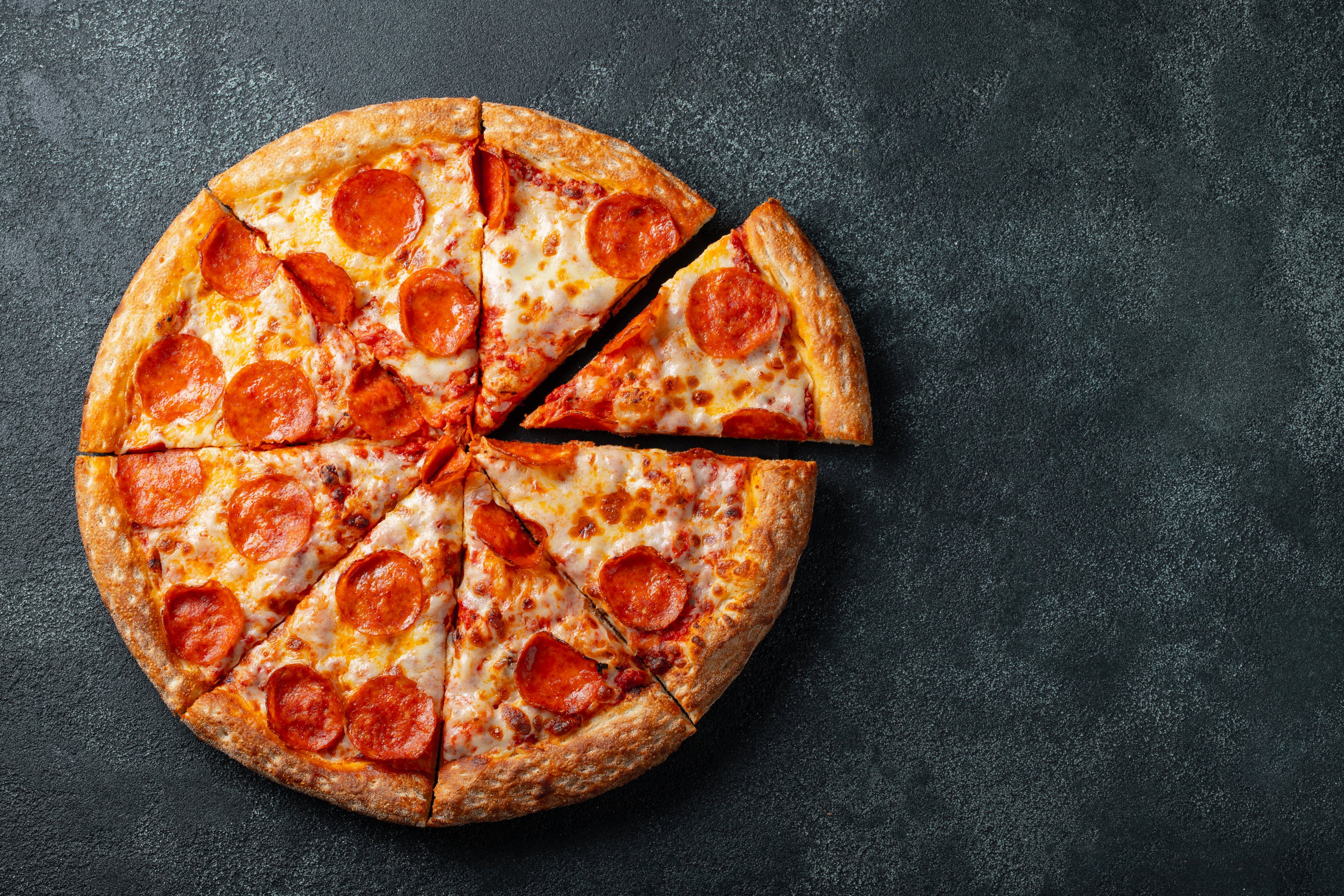High expectations pinched Domino's (DPZ 0.86%) shareholders recently, after the company announced healthy sales and profit growth that nevertheless fell short of investors' hopes. The pizza delivery leader continued to steal market share in the U.S. and notched its 100th consecutive quarter of international growth. Yet these increases came at the slowest pace in several quarters, raising questions about the robustness of its growth plan.
CEO Richard Allison and his team held a conference call with Wall Street analysts to discuss the latest results and put them in perspective with the chain's long-term outlook. With just one notable exception, executives expressed unqualified optimism about Domino's operating and financial results.
Check out all our earnings call transcripts.

Image source: Getty Images.
About that slowdown
"The fourth quarter marked our 31st consecutive quarter of positive U.S. same-store sales growth and capped very strong top-line performance in 2018, above our three- to five-year outlook range," said Dominos CEO Richard Allison about the quarter.
Domino's sales growth pace landed at 5.6% to mark the third straight quarter of decelerating gains. The company started 2018 with an 8% spike, grew 7% in the second quarter, and expanded by 6.3% in the third quarter. Executives noted that even this slower rate constituted additional market share gains.
It was also driven by order count growth at a time when most fast-food giants are struggling with reduced customer traffic. Still, Domino's is aiming for better results. "Same-store sales performance can certainly improve versus what we have all come to expect," Allison said.
Store growth pace
The pizza company "opened 125 net U.S. stores in the fourth quarter, consisting of 127 store openings and two closures," said CFO Jeffrey Lawrence.
It's not business as usual when it comes to Domino's store expansion strategy. In fact, the 258 locations it opened in the U.S. market last year likely placed it on top of the casual dining industry by that metric. It also constituted its fastest growth count since 1988.
Since the U.S. market is already mature, many of these new stores are poaching revenue growth from existing locations. Management estimates that this cannibalization reduced comparable-store sales by between 1 and 1.5 percentage points last year. The strategy is strengthening the wider business, though, by locking down neighborhoods against competitors and reducing customer wait times.
Looking ahead
"Our proven four-wall economics continue to pace the industry and it's just another reason why there has never been a better time to be a growth-minded franchisee at Domino's," Allison said.
Domino's doesn't issue fiscal year outlooks, but management says it stands by its three-to-five-year plan, which calls for sales to rise by between 3% and 6% at existing locations both in the U.S. and internationally while unit count growth pushes overall revenue higher by between 8% and 12%.
The chain surpassed the high end of that range in the U.S. market last year while landing near the low end outside its home division. These mixed results landed revenue growth at 11%, comfortably within its guidance range.
Challenges Domino's will have to face in 2019 include higher food and labor costs plus continued short-term pressure from its "fortressing" strategy, which involves blanketing markets with more delivery and takeout hubs.
The weaker-than-expected sales growth figures mean that investors will be closely watching comps over the next few quarters for signs of a rebound. Yet management expressed confidence that the broader business is as strong as ever. In support of that argument, it cited Domino's healthy customer traffic growth, its impressive store-level economics, and its low store closure rate. The chain shuttered just 125 locations globally last year on a base of almost 16,000, which implies broad global appeal for its brand and its delivery-focused food platform.






